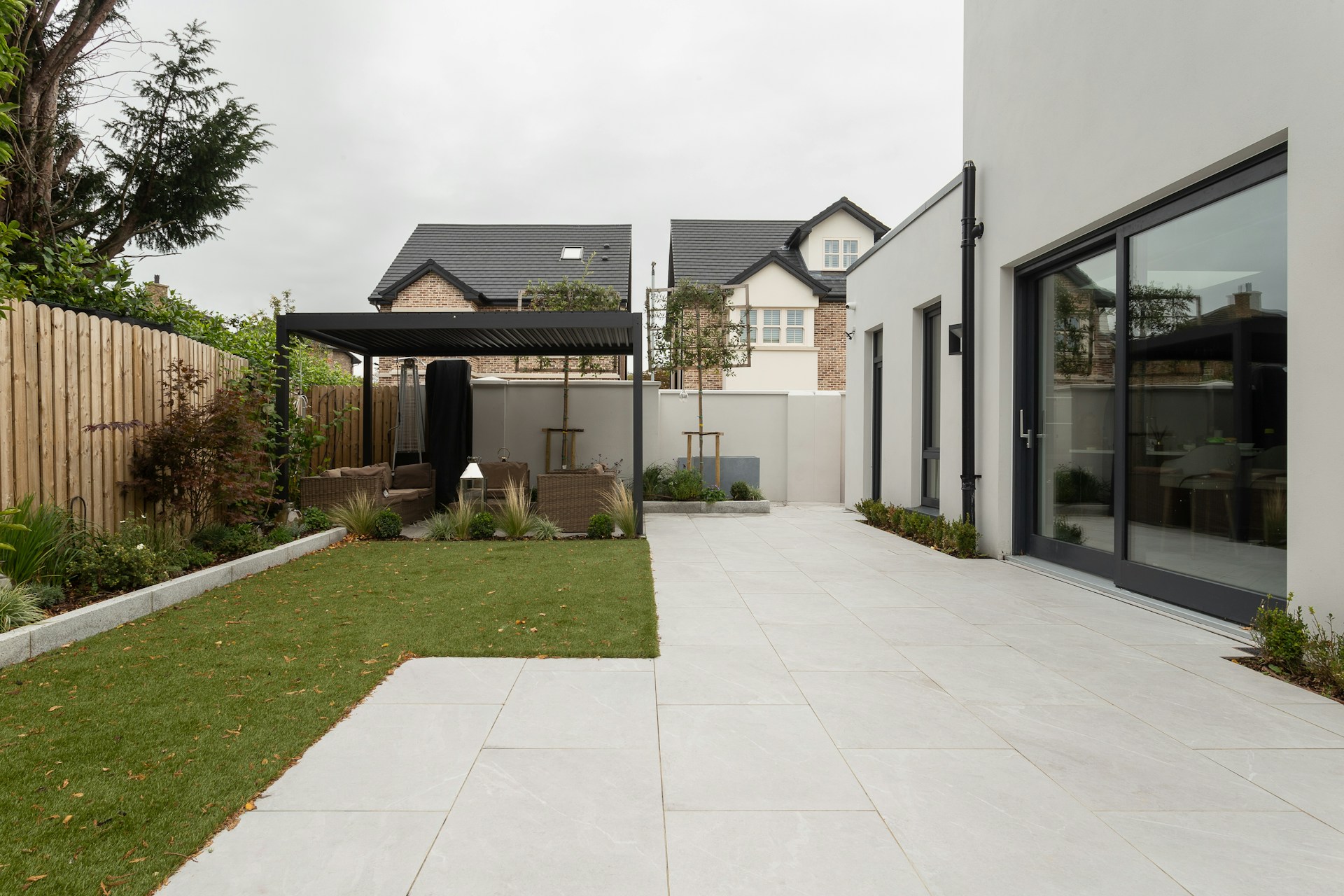"The Emergence of Transitional Design: Merging Tradition with Modernity"
Introduction: In an era where design trends change faster than seasons, there's one style that stands the test of time - Transitional Design. This unique design concept effortlessly bridges the gap between traditional elegance and contemporary simplicity, offering a timeless and versatile aesthetic that appeals to a wide range of tastes.

Transitional Design: A Blend of Old and New
Transitional design, also known as “updated classic” or “classic with a contemporary twist”, involves a harmonious blend of traditional and contemporary design elements to create a balanced, cohesive look. This unique style emerged as a response to the stark contrast between traditional design, characterized by ornate details and rich dark woods, and modern design, marked by clean lines, minimalistic decor, and neutral color palettes. By combining elements from both styles, transitional design offers a middle ground - a comfortable, timeless, and versatile aesthetic that appeals to a wide range of tastes.
The Evolution of Transitional Design
Transitional design emerged in the late 20th century as a response to the growing trend of minimalism and modernism in interior design. Homeowners craved a style that offered the comfort and warmth of traditional design, but without the clutter and ornateness that often came with it. At the same time, they desired the clean lines and simplicity of modern design, but without its perceived coldness and impersonality. Thus, transitional design was born, offering a perfect blend of old and new, comfort and simplicity, warmth and sophistication.
Current Trends in Transitional Design
Today, transitional design continues to evolve, incorporating new trends while staying true to its roots. Key elements of this style include a neutral color palette, a mix of straight and curved lines, minimal yet impactful decor, and a combination of different textures and materials. Rich woods, polished metals, luxurious fabrics, and sleek glass are all commonly used in transitional designs. The focus is on creating a comfortable and inviting atmosphere that is both stylish and functional.
Practicality and Market Trends
Transitional design is not just about aesthetics; it’s also incredibly practical. Its versatility makes it suitable for almost any home. It allows homeowners to update their interiors without committing to a single style. This design ethos is increasingly popular in the market, with many furniture and decor brands offering transitional pieces that blend seamlessly with various styles. This approach enhances daily living by providing a space that is both functional and beautiful, offering a sanctuary from the outside world.
Wrapping Up
Transitional design exemplifies the power of balance, bringing together the best of traditional and contemporary design. It’s a style that respects the past while embracing the future, creating spaces that are timeless, elegant, and above all, welcoming. So, whether you’re renovating your home or simply looking for a refresh, consider the transitional design. Its versatility and practicality might just make it the perfect choice for your home.




